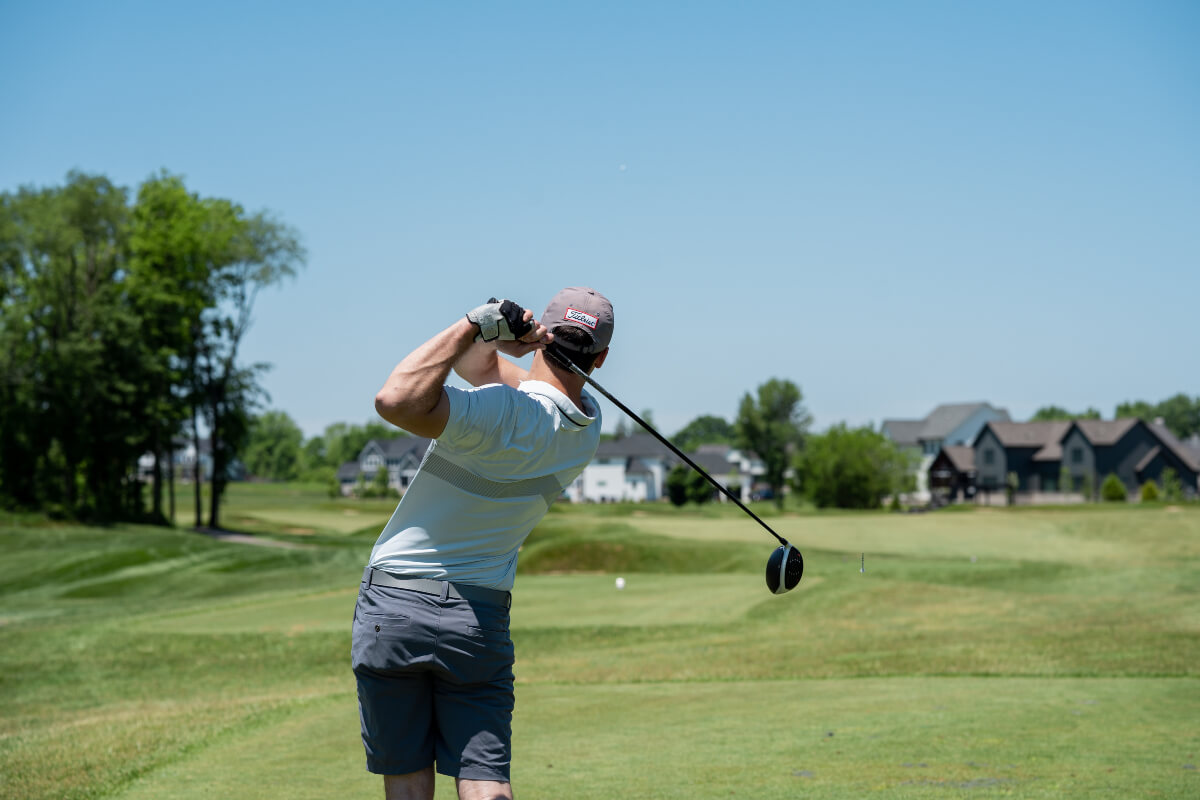Shoulder pain affects about 3.3 million Americans at any given time. Rotator cuff tendinopathy of the supraspinatus is the most common cause of the pain, found in 85% of symptomatic individuals1. Surgery is thought to “fix” these partial rotator cuff tears by sewing the tear back together, but this over-simplified view is not correct. Regenerative injection therapy provides a path to genuine repair and healing of tears that leads to decreased pain and improved function.
We’ve all seen these patients: they’ve had shoulder pain for years and often cannot trace it back to an injury. They keep their elbow braced against their torso to avoid moving the shoulder too much. Many people will have their pain subside but not have anywhere near full range of motion. Their PCP took an X-ray that was negative so nothing was done. It’s amazing what people will put up with.
Like with most other orthopedic conditions, the conventional treatment of rotator cuff pain is rest, ice, NSAIDs, and physical therapy. If this fails, then surgery is considered. Unfortunately, as we’ve outlined in previous articles, rest, ice, and NSAIDs only serve as symptomatic relievers and can actually be detrimental for long term health. What does the scientific evidence show in regards to regenerative injection therapies for shoulder tendinopathy?
PRP: A proven treatment for partial rotator cuff tears
The evidence-based conclusion is that regenerative injection therapies– dextrose prolotherapy, platelet rich plasma (PRP), and autologous adipose tissue-grafts should be first-line modalities for patients with chronic shoulder pain.
At ORM, PRP is our most commonly used treatment for partial rotator cuff tears and is the most studied modality. PRP consistently improves pain and improves tissue health over a short duration with minimal treatments:
- In 19 patients with partial rotator cuff tears, 3 months after a single PRP injection there was a 53% improvement in ROM, 66% improvement in pain, 76% improvement in DASH score, and 84% improvement in SF-12 Health Survey questionnaire2.
- In a second case series of 20 patients, PRP treatment of partial rotator cuff tears led to improvements in pain and sonographic appearance at just 8 weeks3.
- A single ultrasound-guided PRP injection was shown to significantly decrease pain and increase function over a 6 month period. However, the thickness of the damaged tendon was found to have slightly decreased over the study period. This suggests that, even in the absence of macroscopic changes in the appearance of the tendon, PRP has a pain-relieving and healing effect on the intact portion of the tendon4. This is supported by other studies showing the biochemical/microscopic healing processes stimulated by PRP injections5.
- PRP done in conjunction with arthroscopic surgery, while not what we would recommend for most patients, does demonstrate that patients treated with PRP had better pain scores and were less prone to retear compared to those who had surgery alone6.
Benefits of autologous adipose tissue grafts
At ORM, we reserve the use of autologous adipose tissue grafts (formerly known as a type of “stem cell therapy”) for more severe cases of rotator cuff pathology, especially if it’s in conjunction with arthritis of the AC and/or GH joints. Similar to other joints, the evidence for autologous adipose graft is impressive, showing not only significant pain reduction with a single treatment but also MRI-confirmed reversal of the tear:
- Autologous adipose tissue graft study shows a 70% improvement in pain and MRI-confirmed 90% repair of partial tears7.
- A study with a 1-2 year follow up revealed participants reported a 90% improvement in pain and greater than 50% improvement in rotator cuff strength. MRI at 1 year follow up showed near-full resolution of the tear with no recurrence at 2 year follow up8.

Surgery alone just doesn’t cut it
The success rate and patient satisfaction with arthroscopic surgery for partial rotator cuff tears is fairly good, but is universally paired with physical therapy. Perhaps more importantly, there is convincing evidence that even when patients experience satisfactory symptomatic improvements with surgery, there is still MRI evidence of the tear persisting and not being “fixed” after the procedure9.
PT alone has been shown to improve pain and function. This brings into question whether it is surgery that is responsible for the benefit, or simply the PT that patients are doing after the surgery. Add to this that even our most “basic” regenerative medicine modality, dextrose prolotherapy, has shown excellent results in terms of pain and ROM improvements compared to exercise-only10 and surgery really begins to look unnecessary. Lastly, the average cost of surgery and PT is $50,000 and up to $100,000 with “gatekeeper” plans11. The cost of surgery, increasingly pushed onto patients, makes this an increasingly undesirable route.
Scientific evidence supports regenerative injection effectiveness
The primary takeaway from these studies is that healing and pain reduction in partial rotator cuff tears can occur with only 1 or 2 injections and result in disease reversal. When compared to other modalities that require multi-weekly scheduling and tens of thousands of dollars on top of months of immobility, reduced activity, and rehab, regenerative injections provide effective relief with minimal downtime. The scientific evidence supports that PRP, autologous adipose tissue grafts, and dextrose prolotherapy provide an efficacious, time-efficient, and cost-effective method to improve pain, heal the damaged shoulder tissue, and return patients to living their lives fully.
Sources:
- A. J. K. Östör, C. A. Richards, A. T. Prevost, C. A. Speed, B. L. Hazleman, Diagnosis and relation to general health of shoulder disorders presenting to primary care, Rheumatology, Volume 44, Issue 6, June 2005, Pages 800–805, https://doi.org/10.1093/rheumatology/keh598
- Zafarani Z, Mirzaee F, Guity M, Aslani H. Clinical Results of Platelet-Rich Plasma for Partial Thickness Rotator Cuff Tears: A Case Series. Arch Bone Jt Surg. 2017;5(5):328-331.
- Sengodan VC, Kurian S, Ramasamy R. Treatment of Partial Rotator Cuff Tear with Ultrasound-guided Platelet-rich Plasma. J Clin Imaging Sci. 2017;7:32.
- Niazi, G.E., Hassan, M.S. & Elfawy, D.M. Ultrasound-guided injection of platelet-rich plasma (PRP) in rotator cuff tendinopathy: effect on patients’ symptoms and supraspinatus tendon thickness. Egypt J Radiol Nucl Med 51, 111 (2020). https://doi.org/10.1186/s43055-020-00221-2
- Middleton KK, Barro V, Muller B, Terada S, Fu FH. Evaluation of the effects of platelet-rich plasma (PRP) therapy involved in the healing of sports-related soft tissue injuries. Iowa Orthop J. 2012;32:150-63.
- Han, C., Na, Y., Zhu, Y. et al. Is platelet-rich plasma an ideal biomaterial for arthroscopic rotator cuff repair? A systematic review and meta-analysis of randomized controlled trials. J Orthop Surg Res 14, 183 (2019). https://doi.org/10.1186/s13018-019-1207-9
- Jo CH, Chai JW, Jeong EC, et al. Intratendinous Injection of Autologous Adipose Tissue-Derived Mesenchymal Stem Cells for the Treatment of Rotator Cuff Disease: A First-In-Human Trial. Stem Cells. 2018;36(9):1441-1450.
- Jo CH, Chai JW, Jeong EC, Oh S, Yoon KS. Intratendinous Injection of Mesenchymal Stem Cells for the Treatment of Rotator Cuff Disease: A 2-Year Follow-Up Study. Arthroscopy. 2020;36(4):971-980.
- Ozbaydar MU, Bekmezci T, Tonbul M, Yurdoğlu C. [The results of arthroscopic repair in partial rotator cuff tears]. Acta Orthop Traumatol Turc. 2006;40(1):49-55.
- Seven MM, Ersen O, Akpancar S, et al. Effectiveness of prolotherapy in the treatment of chronic rotator cuff lesions. Orthop Traumatol Surg Res. 2017;103(3):427-433.
- Savoie FH, Field LD, Jenkins RN. Costs analysis of successful rotator cuff repair surgery: an outcome study. Comparison of gatekeeper system in surgical patients. Arthroscopy. 1995;11(6):672-6.
PHOTO CREDITS: Karolina Grabowska on Pexels and Morgan Petroski on Unsplash



